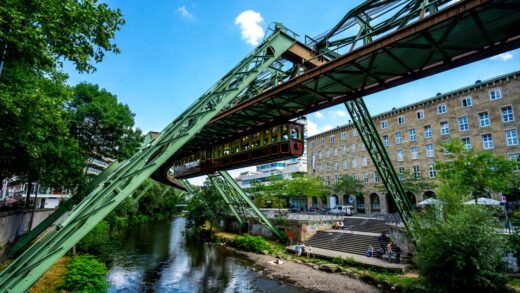The story (in Chinese) was first published in Issue 04/2021 of World View magazine.
This English version was translated from the Chinese original using DeepL, with the manual correction of some obvious mistranslations. I apologize for any mistakes made by this AI translation tool.
It was an overcast day when I arrived in Prora, and a dull, gloomy atmosphere hung over the whole area. It’s hard to describe the shock I felt at first glance: a row of huge, depressing, unattractive, earthy box buildings stretching straight outward to the end of my sight, like a high, impermeable wall that hides the opposite side.
I drove three hours from Berlin to the island of Rügen on the Baltic Sea to see “Hitler’s greatest legacy in the world”. It is not a barracks or a factory, but the world’s largest resort with 10,000 rooms with sea views and 20,000 people staying at the same time.
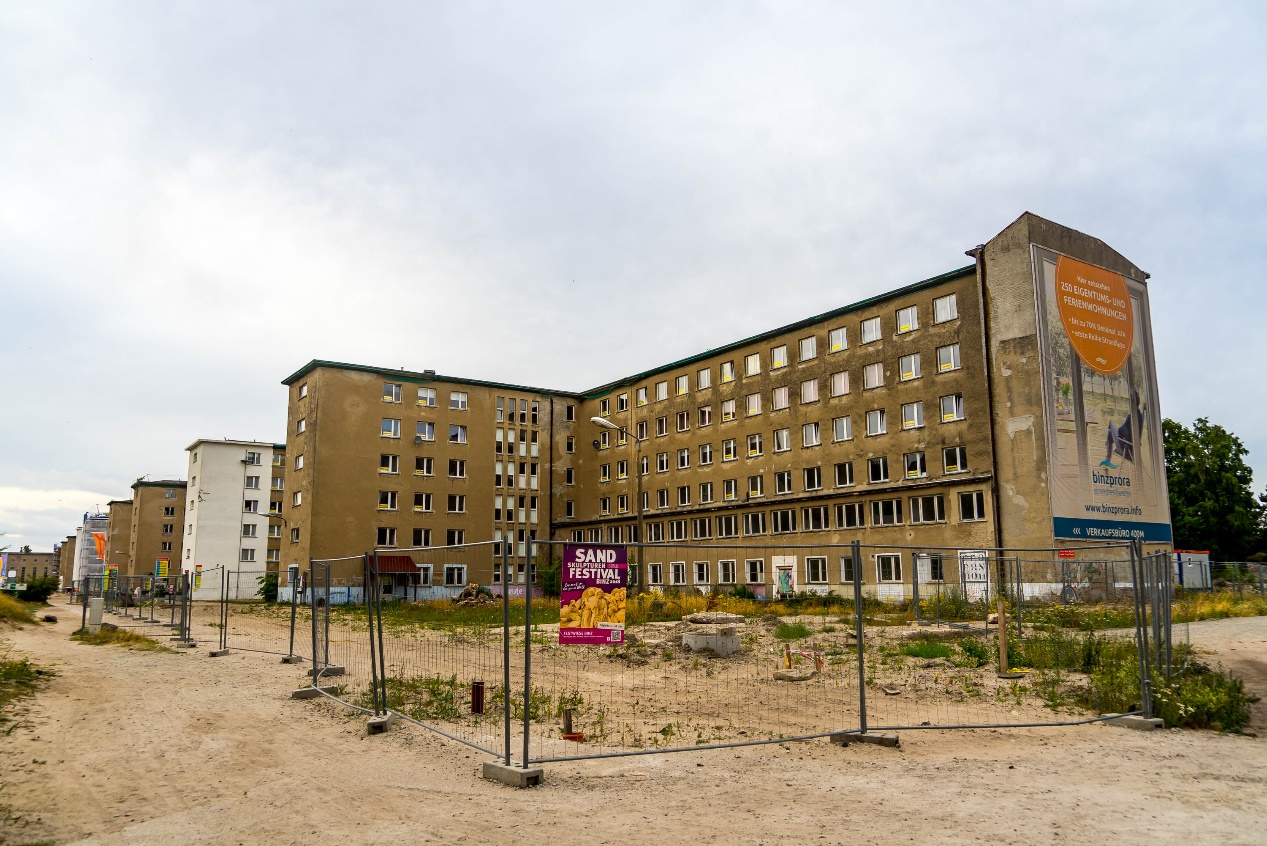
“Strength Through Joy”
Why did Hitler, the war-monger, build such a resort with a violent aesthetic? In 1933, the Nazi Party, which had first come to power in Germany, set up a leisure organization with the acronym KdF. Its real aim was to promote what it called “Nazi”, the German acronym for “National Socialism”, and to bring in more working-class people to contain the The KdF, as it was known, was the only way to contain the rising tide of communism in Germany. The KdF, whose full title was “Strength through Joy”, offered laborers all over Germany a wide range of inexpensive leisure options, from concerts, plays, libraries, day trips to long trips. It soon became the largest travel agency in Germany and the world: according to statistics, more than 25 million Germans participated in KdF activities in 1939 – that’s one out of every three Germans!
In 1935, the KdF announced that five giant resorts would be built along the Baltic coast – one every 200 kilometers – for workers’ vacations throughout Germany. The only one of the Prora resorts to open was designed by one of the most famous architects of the Nazi era in Germany, Clemens Klotz. Klotz, who designed many of Germany’s iconic Nazi buildings, saw Prora as an opportunity to make a career out of it, aspiring to make it a unique monument. According to his grand plan, the entire Purola resort will consist of eight identical mega-buildings lined up along the long, soft sandy beaches of the Baltic Sea, a total length of over 4.5 kilometres!
The Nazi slogan at the time was “Every worker should have a holiday on the beach”, so all 10,000 rooms in Plora faced the sea, with the corridors and staircases carefully designed on the other side. To reflect the concept of “equality for all”, there is only one room type: a small single room of 10 square meters for two people. Adjacent rooms can be linked together to make it easier for families with children. The original plan called for a huge ballroom for 25,000 people, two swimming pools with artificial waves, as well as a cinema and a theatre.

At a large rally, Hitler faced frenzied supporters and proclaimed in a high voice: “I want every worker to be able to enjoy a real holiday, so that you can get real relaxation on your vacation.” Yet his real intention was to prepare for war: the KdF was vigorously developing sports in order to build up the Germans’ physique and make them stronger fighters for the Nazis. And these large resorts built along the beaches were used to pull in German workers, but there were also plans for them to be conveniently converted into field hospitals in wartime to take in the large numbers of wounded and injured brought in on warships.
If it had been completed, it would have been the “world’s first resort”. But the times played a huge joke: the resort had been under construction since 1936, with nearly 10,000 workers and all the major German construction companies involved, and by 1939 it was almost complete. But the outbreak of World War II and Hitler’s frantic conscription and invasion plans made it clear that “vacation” was no longer the theme of German life. The construction workers were rushed to the nearby arsenal, and the nearly completed resort eventually failed to welcome even a single holidaymaker.
The twisted fate
Perhaps because it was not finally completed, the Prora of World War II did not become a field hospital as originally planned, and only briefly served as a temporary refuge for refugees from all directions when Germany was bombed by the Allies. 1945 saw the defeat of Germany and the occupation of Prora by Soviet troops, who took all of its contents as spoils of war, even stripping the interior and exterior walls, leaving Purola with only bare red bricks.
Three of the eight buildings were demolished in the late 1940s, and the steel and bricks were used to rebuild other houses damaged in World War II. Most of the remaining five buildings, with the exception of one which was used directly as a practice ground for the East German army to train for urban combat, became barracks after restoration. Purola became a site that was the opposite of the resort atmosphere for which it was originally designed: a heavily guarded military sanctuary.
I used to think that this period, like so much of East German history, would disappear without a trace and would be hard to find. To my surprise, one of the buildings in Prora still has everything from the DDR era intact and is open as the “DDR Museum”. Each room in the elaborate restored display shows a different theme. In the officers’ quarters, the Soviet-style wooden furniture feels familiar; in the side canteen, there are bottles of sauerkraut from the DDR era, the only brand available in the market back then. There’s even an indoor shooting range tucked away in a tiny space converted using a vacation room!
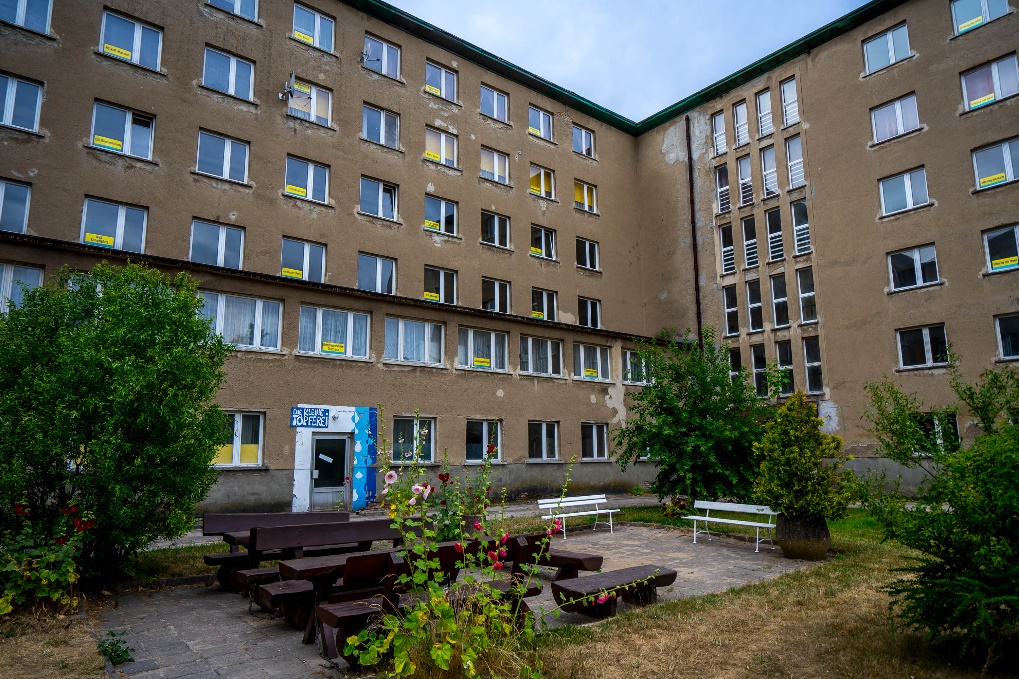
I was most impressed by a slightly more spacious and tastefully furnished room, apparently created by combining two smaller rooms from the previous one. A note on the side said that this was a room reserved for East German officers who came round for holidays in the 1980s. The “World’s Largest Resort”, with its twisted fate, has finally welcomed its first vacationers 50 years after its construction.
However, when the two Germanies merged in the late 1980s and the Cold War ended, the barracks were logically abandoned, and this prime piece of waterfront land that should have been an inch of gold gradually fell into a barren wasteland. The local authorities tried to sell it off as a whole several times, but failed repeatedly because it was so large that no one could afford the astronomical sums required to buy and repair it.
The Prora Today
When I walk into a small restaurant on the ground floor of the Plola complex, Custal, the owner, is expertly taking a cheese-covered Neapolitan pizza out of the oven. Custal, who says he’s Romanian, is in his third year of opening a restaurant in Prora. “During those summer months, I had to work 16 hours a day to accommodate the constant stream of diners who came through the door.” He has seen how Prora has been transformed from a ruin to a brand new holiday apartment, and has seen it receive real holidaymakers for the first time since it was built.
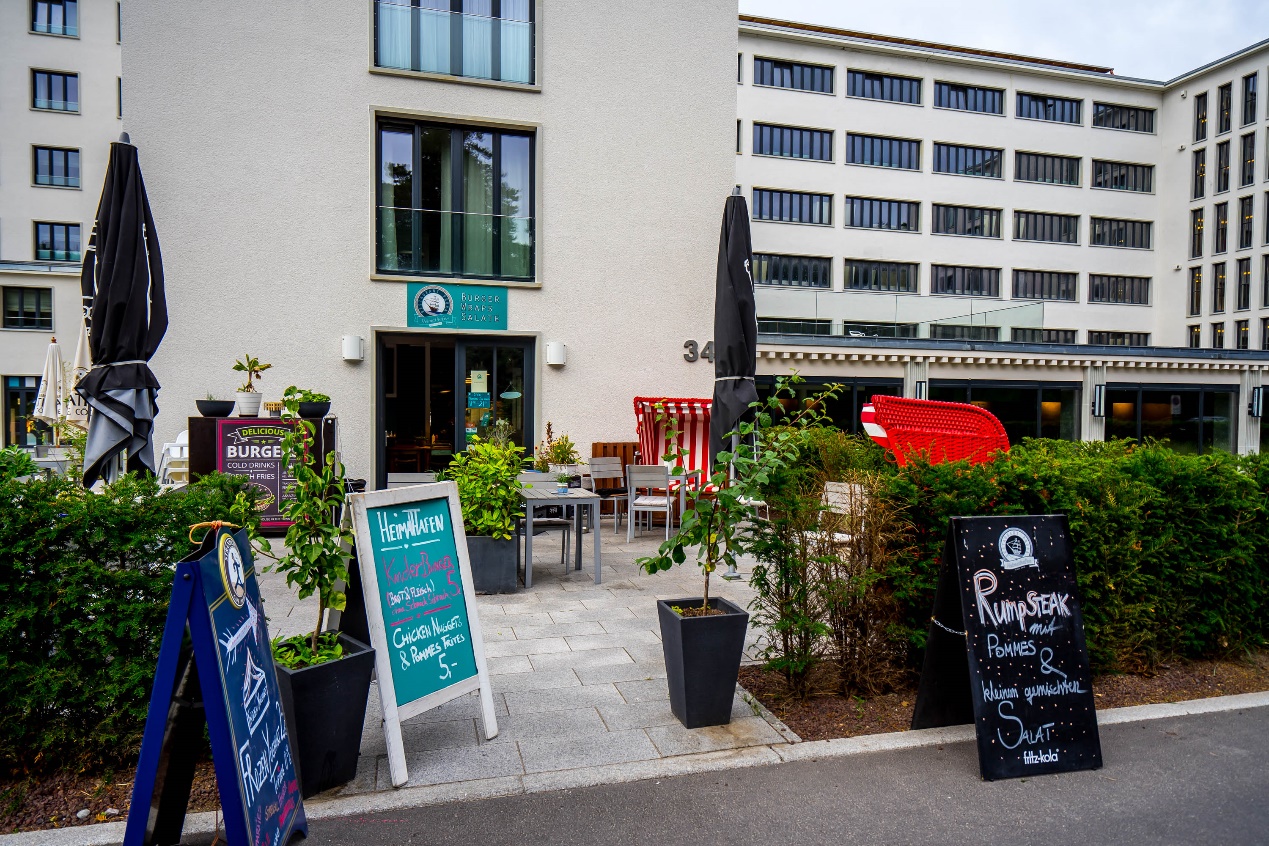
The silence of Prora was first broken by a group of punk youths who came to the beach in 2003 and held a huge electro festival that attracted over 15,000 people over three days, with huge banners covering the ruined buildings and transforming the deserted Prora into a night town. As far as the eye could see, the ruins were filled with makeshift tents inside and outside.
Perhaps it was the festival that made more people aware of Prora and its long-buried true value, and the fact that the local government abandoned its plan to sell the whole thing and instead “sell it in pieces” has led to a steady stream of investment ever since. The resort building in Prora is all reinforced concrete frame construction, so although the rooms were originally designed to be very small, they could be made larger by simply removing the partition walls. Investors saw this flexibility and came up with a variety of renovation plans.
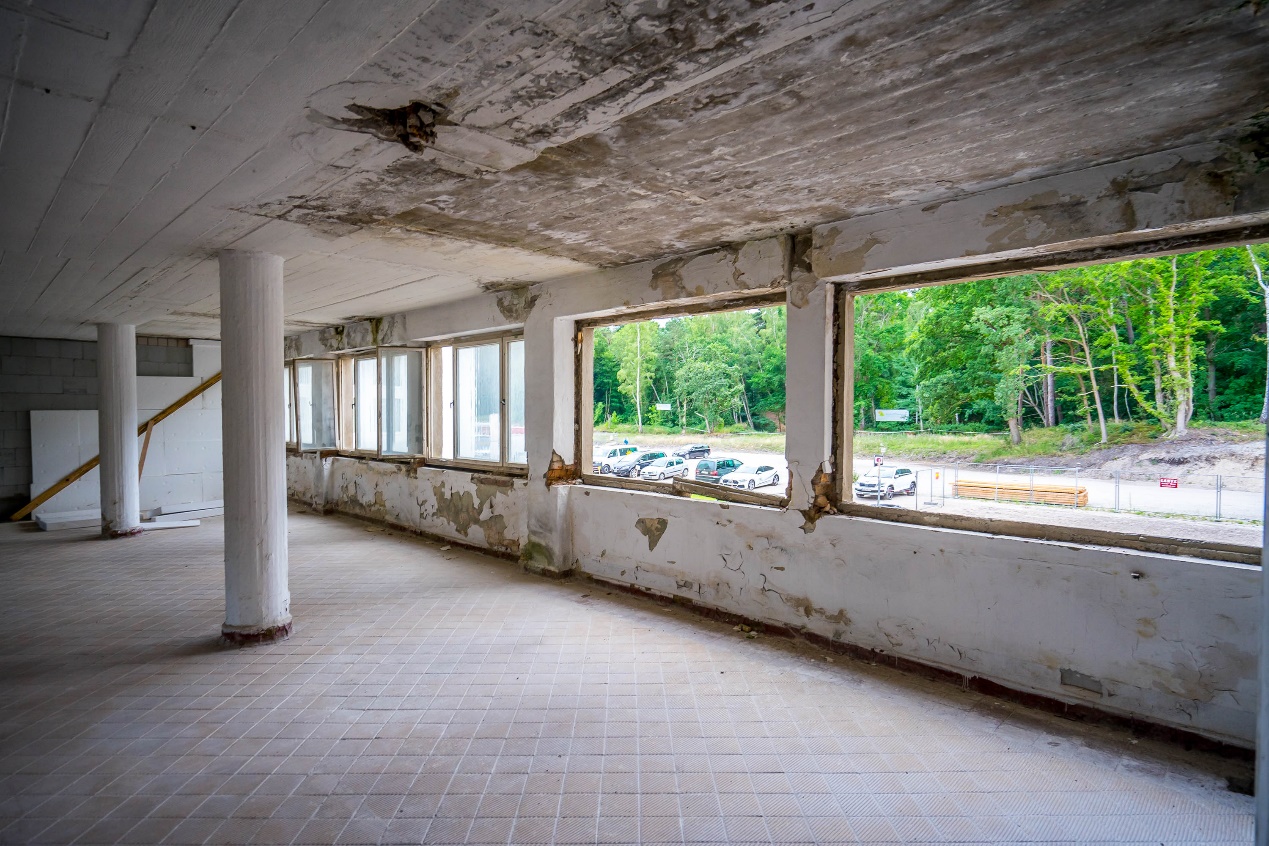
The first project to test the waters here was a youth hostel. A hostel that allows young people with tight wallets to enjoy a beach holiday is perhaps the one that most closely resembles the original idea of Prora Resort. An entire building was painted, the hostel’s signature high and low beds were moved into the rooms, the huge hall space was turned into a communal space for entertainment and dining, and the front lawn became a tent camp for poor backpackers who couldn’t even afford a bed.

The mysterious ruins, the unique history and the free beaches immediately attracted a large number of unconventional young people to the area, and more investors saw the great potential of the ruins. Since then, long-stay retirement apartments for retired seniors and luxury resorts for vacationers to enjoy beach holidays have been built in this once-dilapidated cluster of buildings in Prora. Cleverly designed glass balconies have been installed on the otherwise bare walls without damaging the façade, allowing visitors to enjoy the Baltic beaches and sunshine without having to leave their homes. The most luxurious “Sky Suite” costs 2,000 euros for a week’s stay, but it’s still a great way to keep moneyed German holidaymakers from coming.
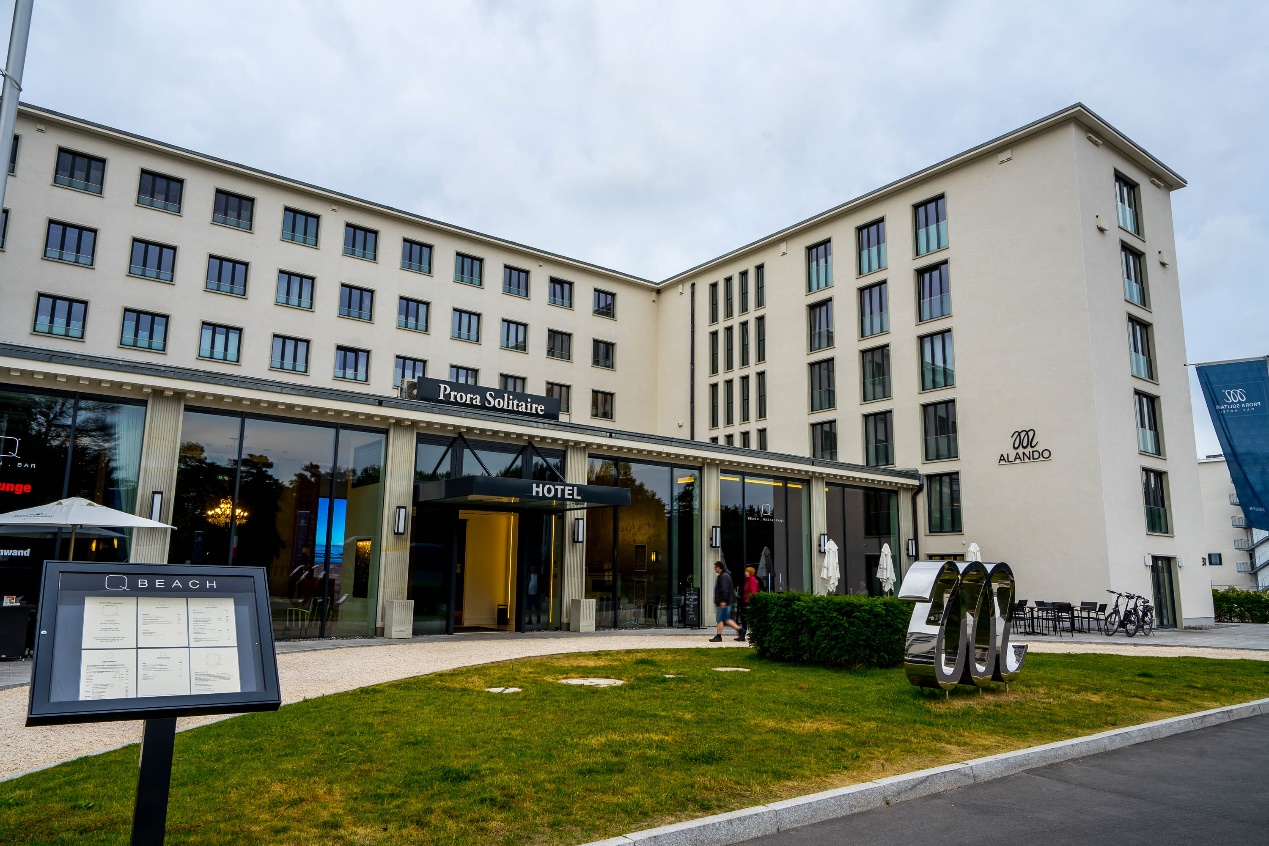
A giant “SALE” banner in front of the recently renovated building announces the thriving future of the resort town. Signs on the beach point to the nude area on one side and the pet area on the other – no matter how specific your needs, you’ll find a place to stay here. In terms of amenities, Prora today is not unlike any resort town. In addition to pizzerias and burger joints, there is even a hair salon and a large supermarket with a wide range of products. Even for retired seniors who have lived here for a long time, life here is not inconvenient at all.
But the area of Prora is so vast that, even after years of construction, large areas of untouched ruins remain. The contrast between the clean, shiny resorts and the old, dilapidated ruins that coexist in the same building is saddening: on one side, new, white-painted walls and spotless glass windows, and on the other, black holes with no windows and old, peeling, rustic siding.
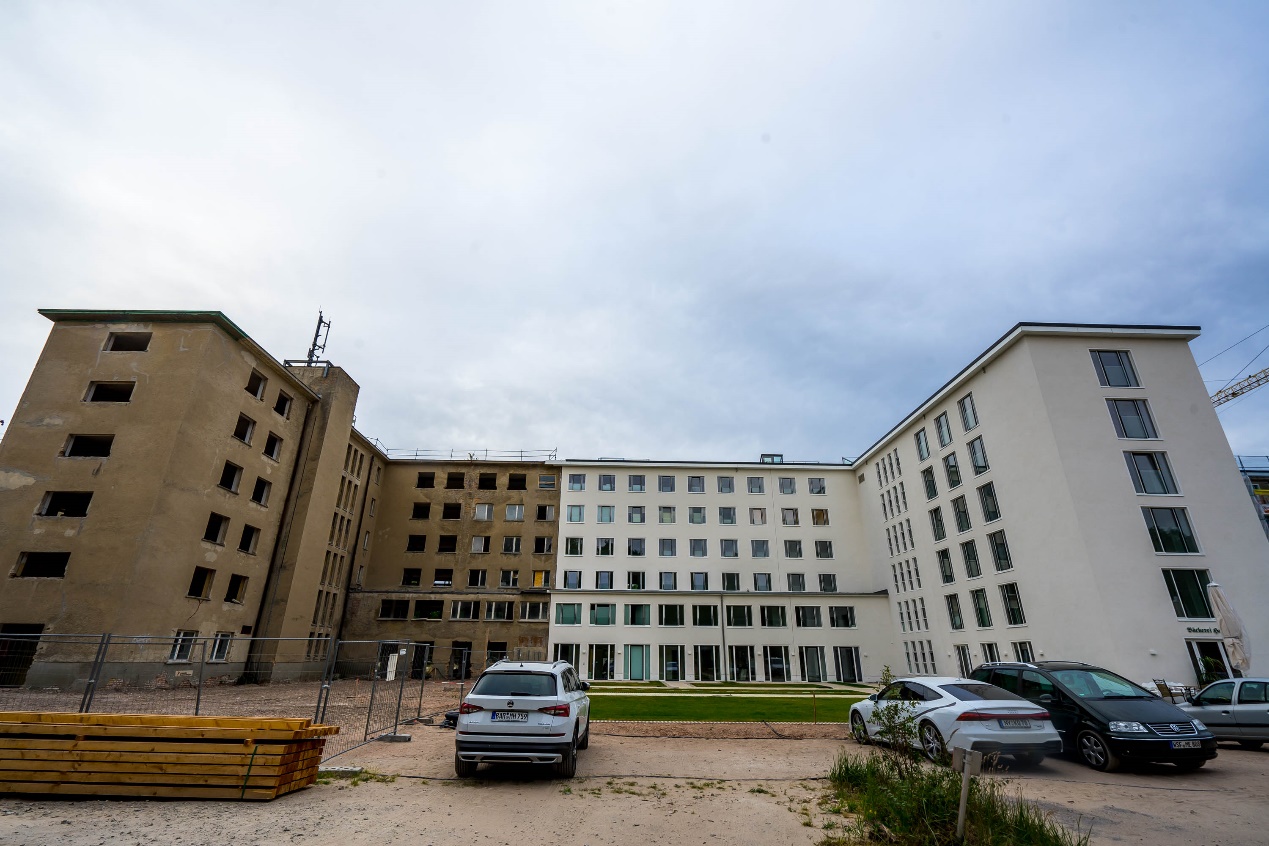
Even the beach reveals stark contrasts: the beach facing the ruins is empty and dauntingly silent, with only the waves lapping the sand with regularity, while the graffiti at the entrance, written with expletives by hormonal youths, constitutes the only vibrant color in the place.
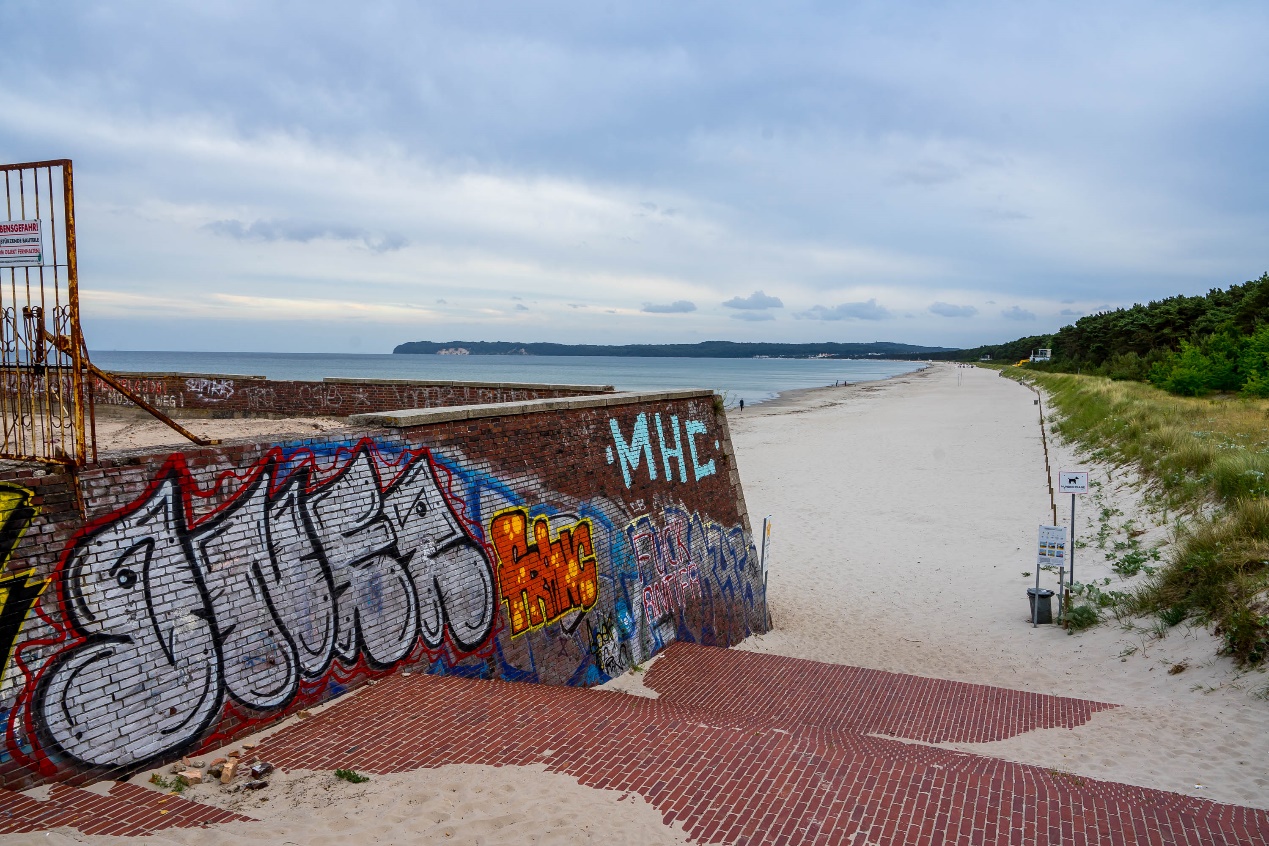
I tried to walk into one of the ruins, the bricks were crumbling all over the floor and the remaining yellow and white walls had a strong East German character. A sign with the inscription “1967” on a crooked and nearly fallen distribution box off to the side confirmed my suspicions. I’m not sure what this place used to be, but I am sure of its future use: the scaffolding that has been erected outside the window is a sign that it will soon be transformed into another glorious resort.
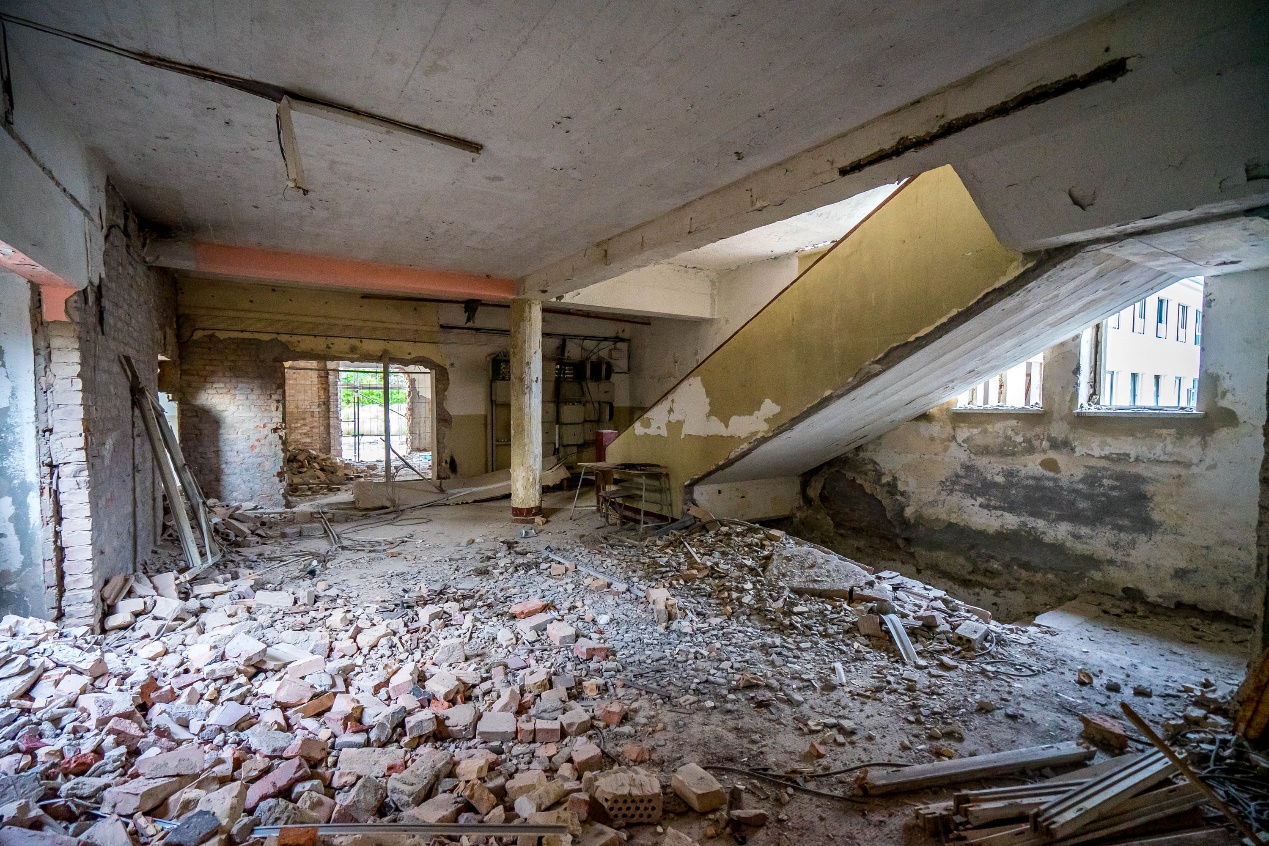
The overall renovation of Pulola is scheduled to be fully completed by 2022, when Prora will be presented as a complete resort facility for the first time in more than 80 years after it was built.

